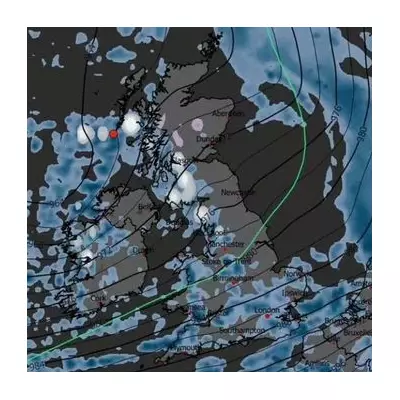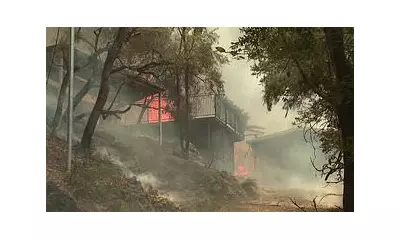
A teenage Australian mountaineer's dream conquest of Mount Everest turned into a terrifying fight for survival this week, as severe altitude sickness struck during his summit attempt on the world's highest peak.
The Thin Air Terror
The 19-year-old adventurer, whose identity remains protected, began experiencing critical symptoms at extreme elevation, forcing his expedition team to initiate an emergency response. Witnesses described the harrowing scene as experienced sherpas and fellow climbers rallied to assist the struggling teenager.
Everest's Relentless Conditions
High-altitude cerebral edema (HACE), one of the most dangerous forms of altitude sickness, can strike even the fittest climbers without warning. The condition causes fluid to leak through capillary walls into the brain, leading to confusion, loss of coordination, and potentially fatal consequences if not treated immediately.
Youthful Ambition Meets Harsh Reality
This incident raises serious questions about the growing trend of younger climbers attempting extreme altitude expeditions. While age requirements for Everest permits have been debated, the physical and psychological demands of the mountain remain unchanged.
"The mountain doesn't care how old you are or how fit you think you are," noted veteran Everest guide Michael Roberts. "At 8,000 metres, every body struggles to survive. Youthful enthusiasm is no match for physiological limits."
Rescue Efforts in the Death Zone
Emergency procedures at extreme altitude present extraordinary challenges:
- Limited oxygen supplies complicate medical treatment
- Helicopter rescue above 7,000 metres is nearly impossible
- Descent through treacherous terrain requires multiple support climbers
- Weather conditions can change within minutes, trapping rescue parties
A Warning to Aspiring Adventurers
This sobering incident serves as a stark reminder that Mount Everest remains one of the world's most dangerous undertakings. Despite improved technology and better forecasting, the mountain continues to claim lives and test human endurance to its absolute limits.
The Australian teenager's condition is being closely monitored at base camp, where medical teams are assessing whether further evacuation to lower altitudes or specialised medical facilities will be necessary.





